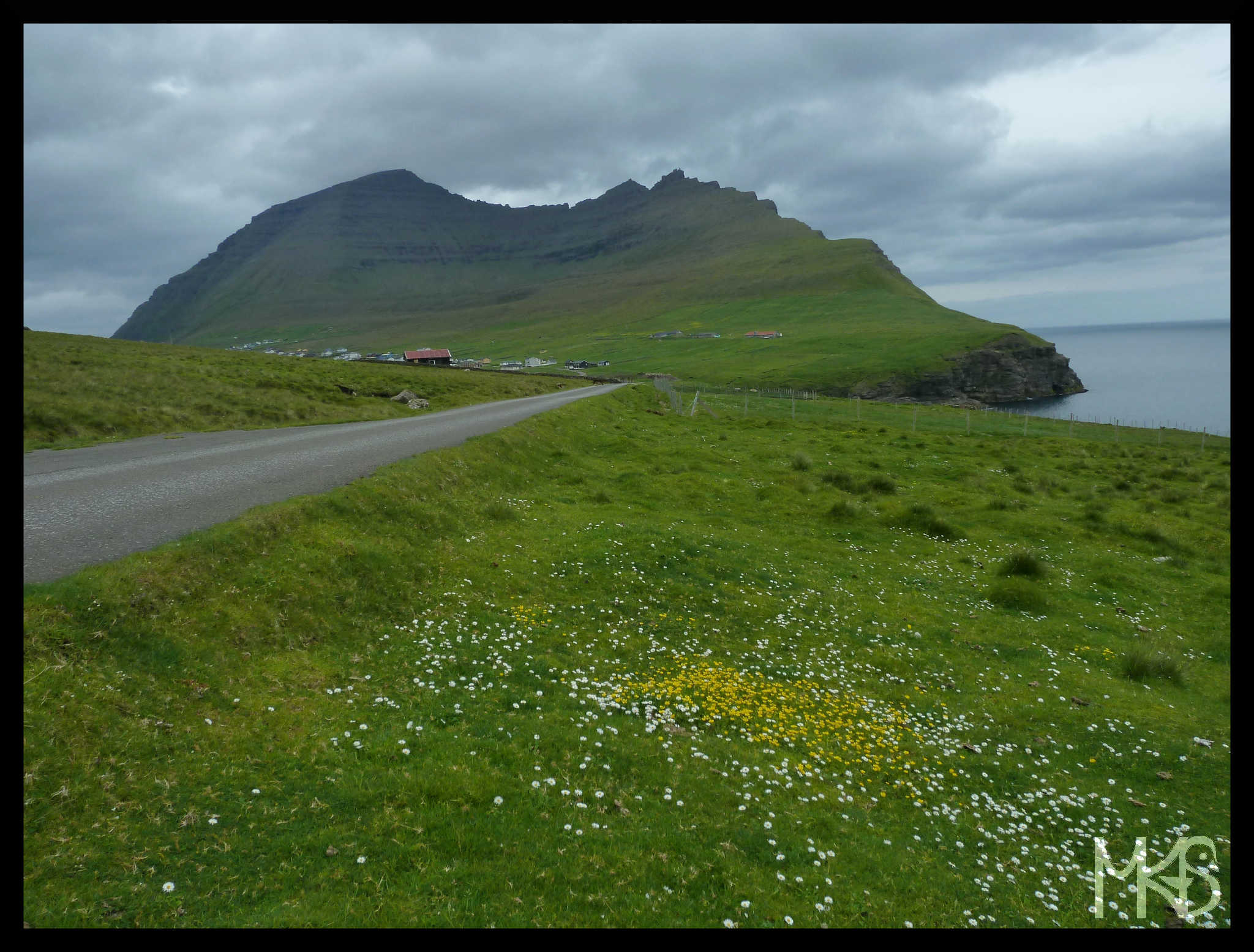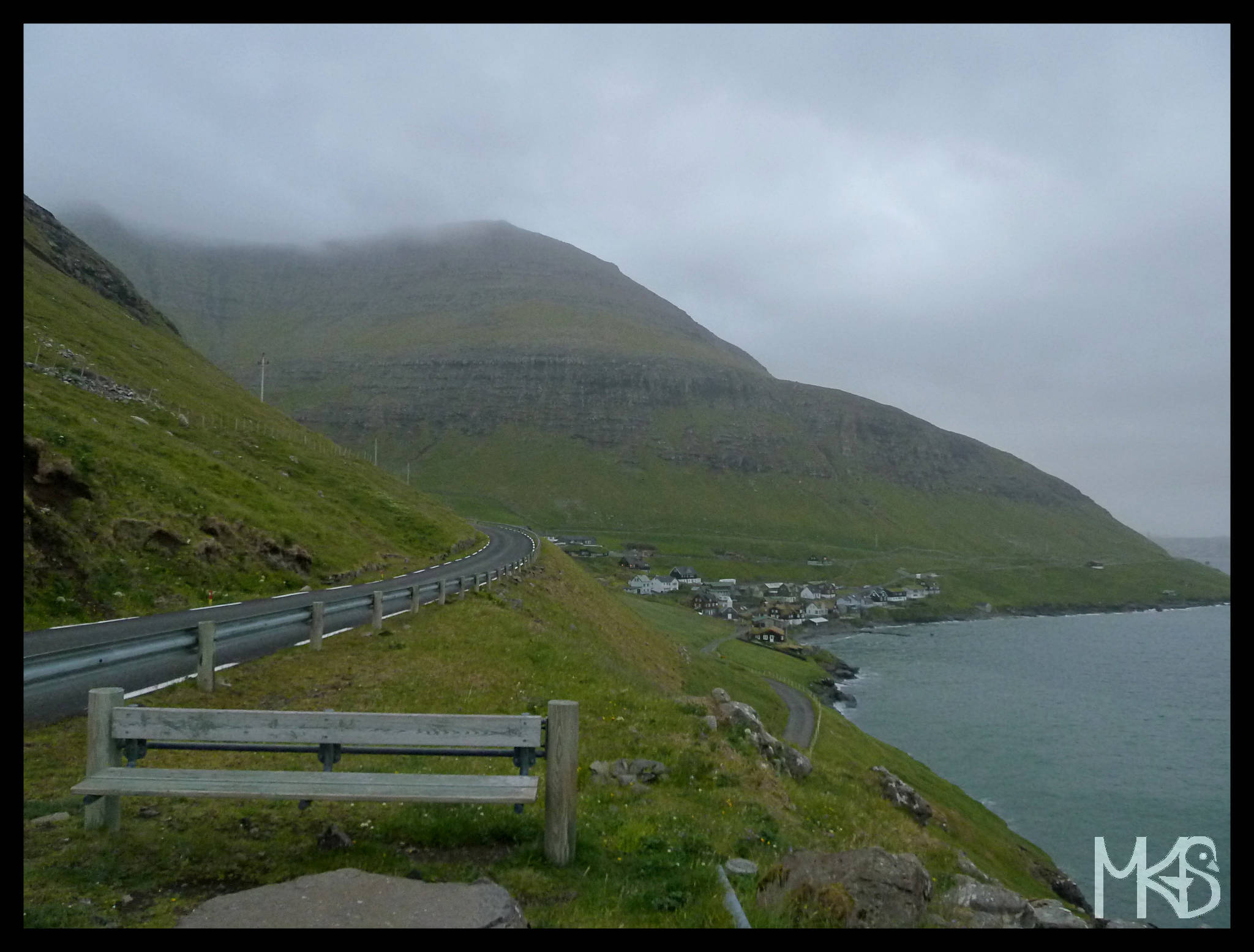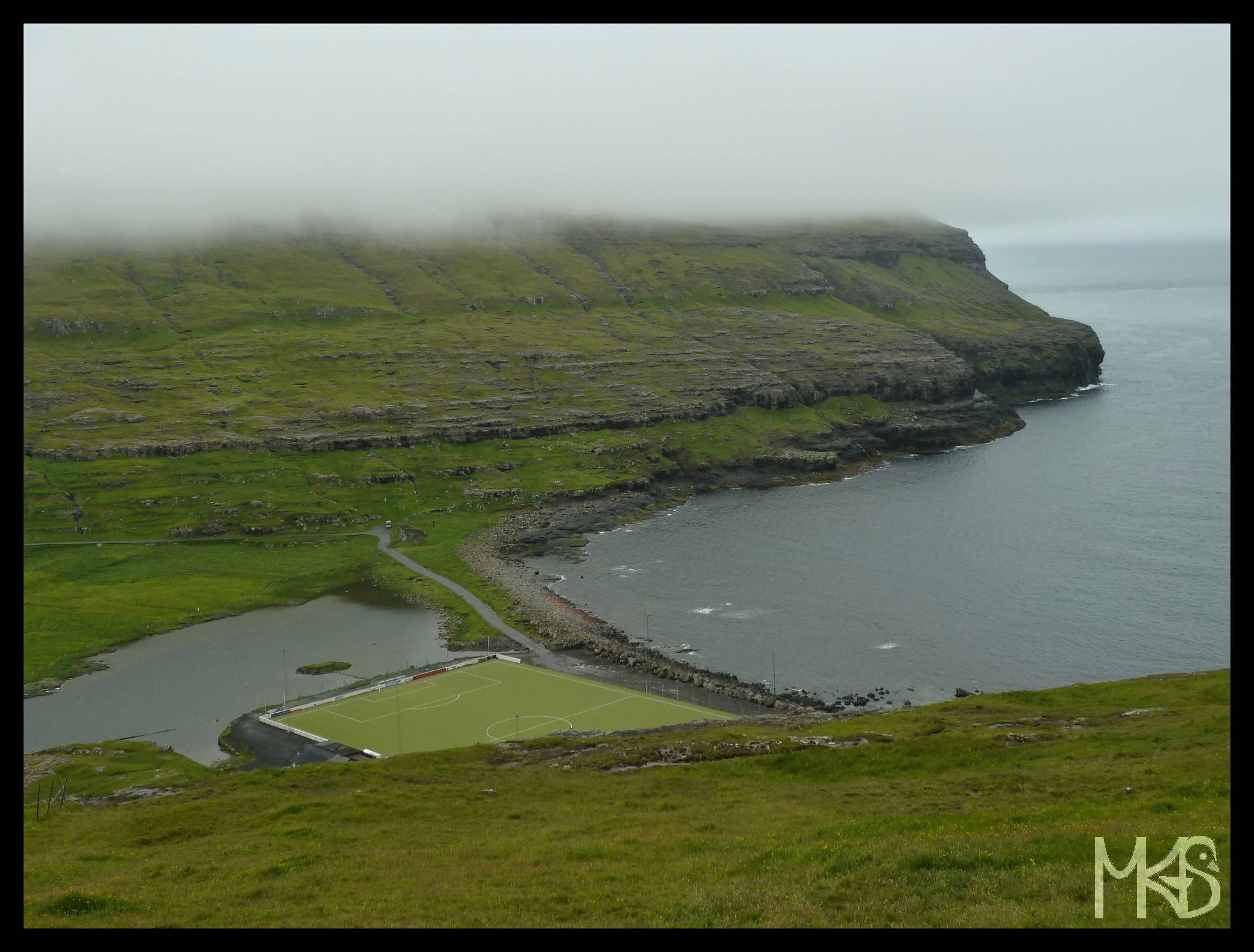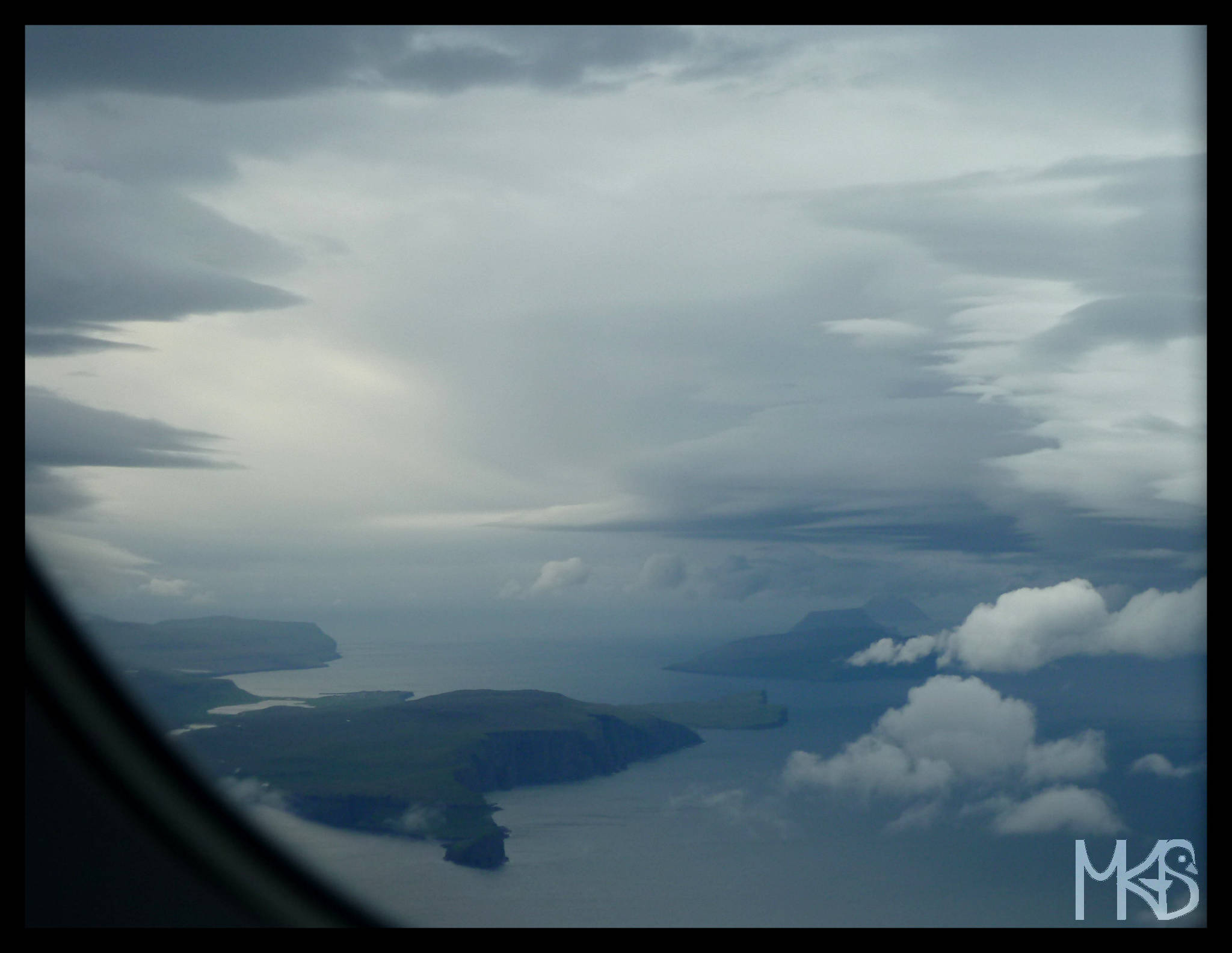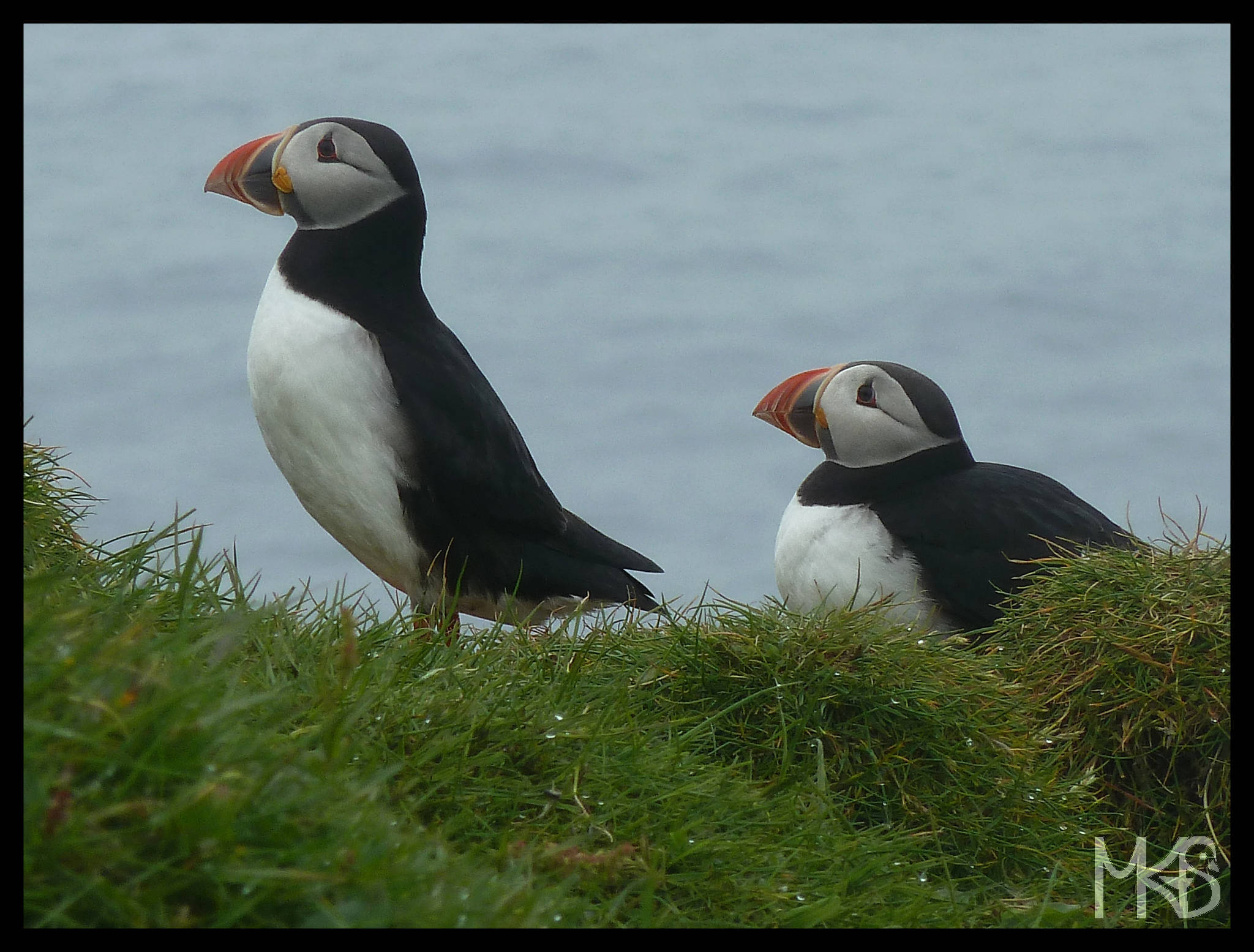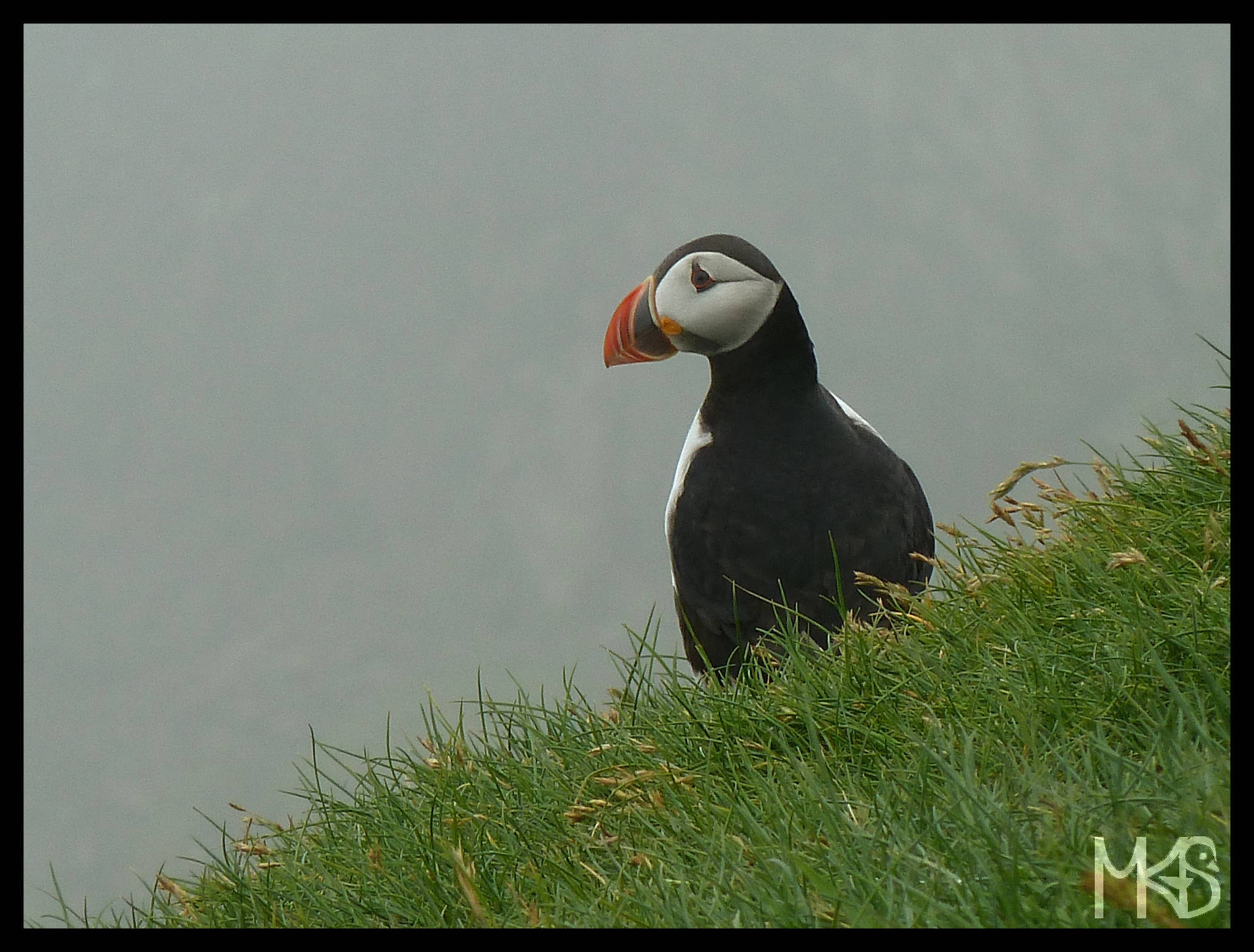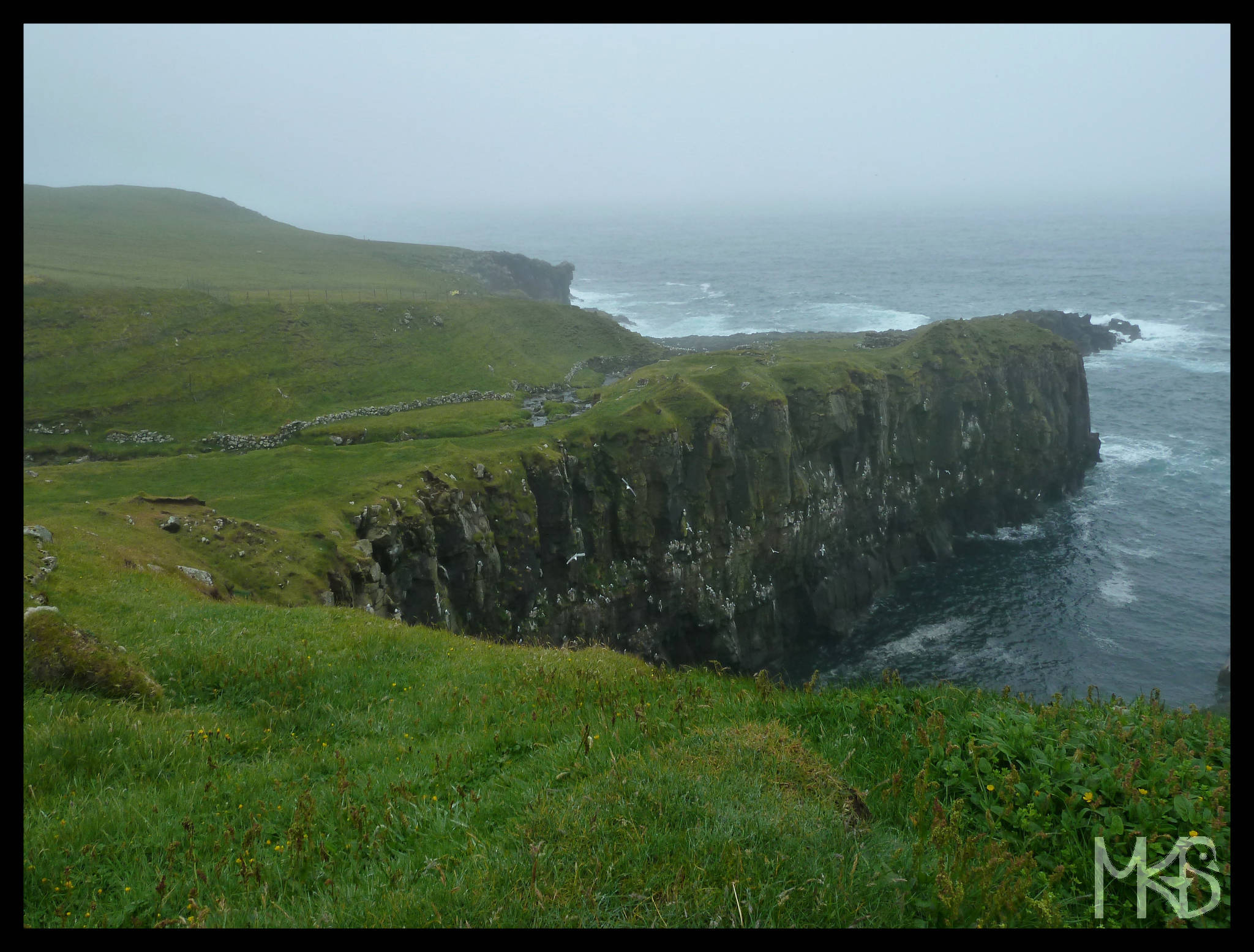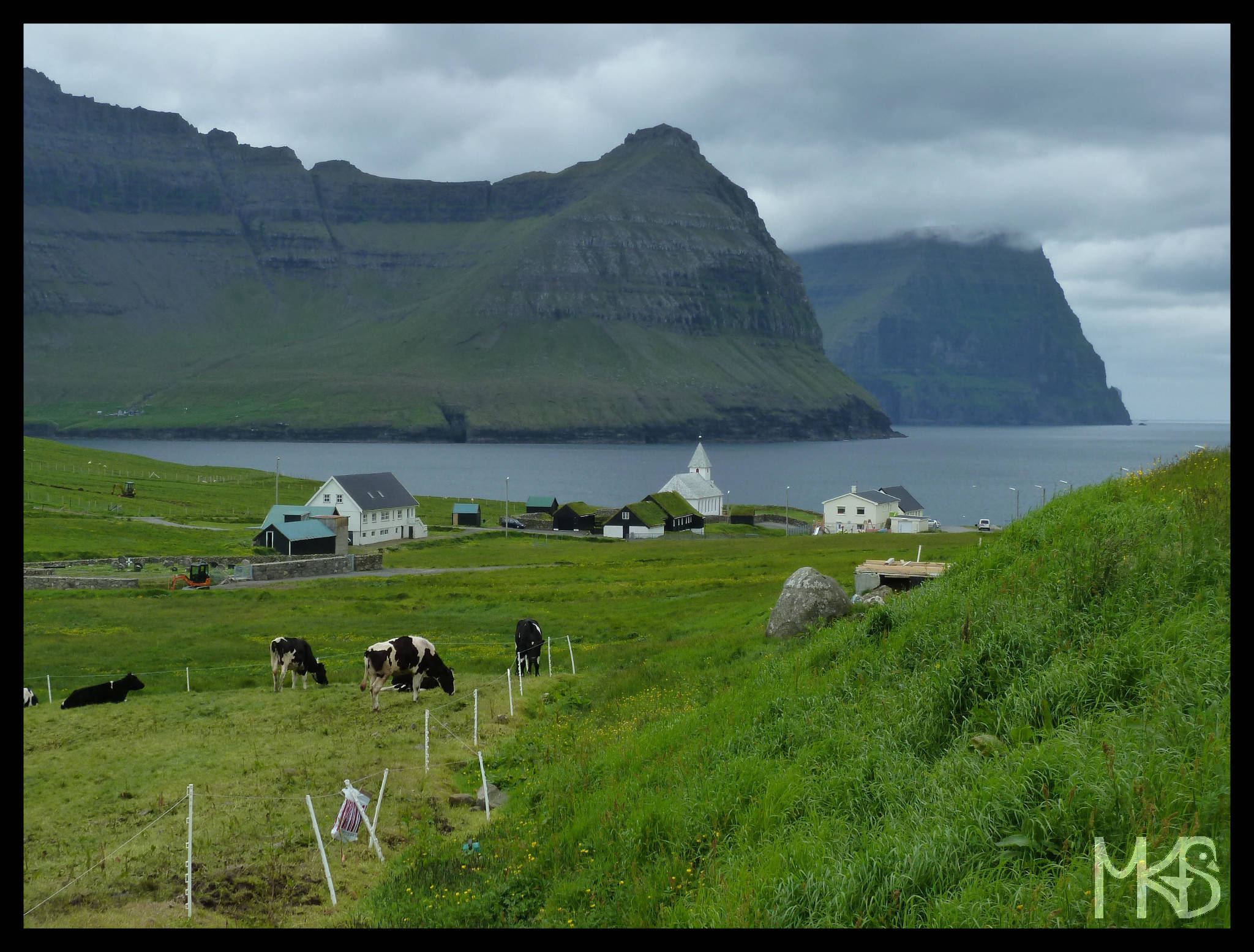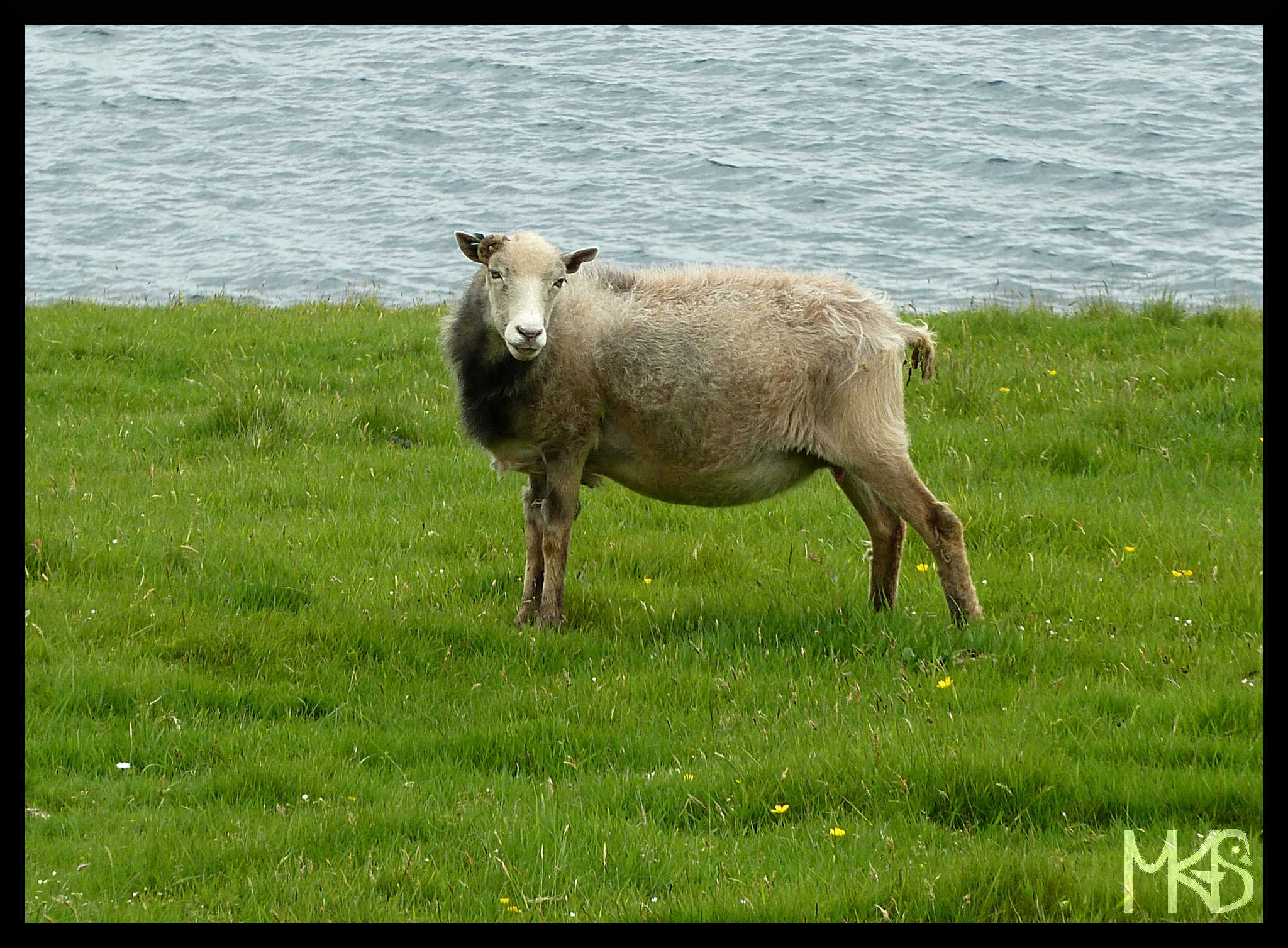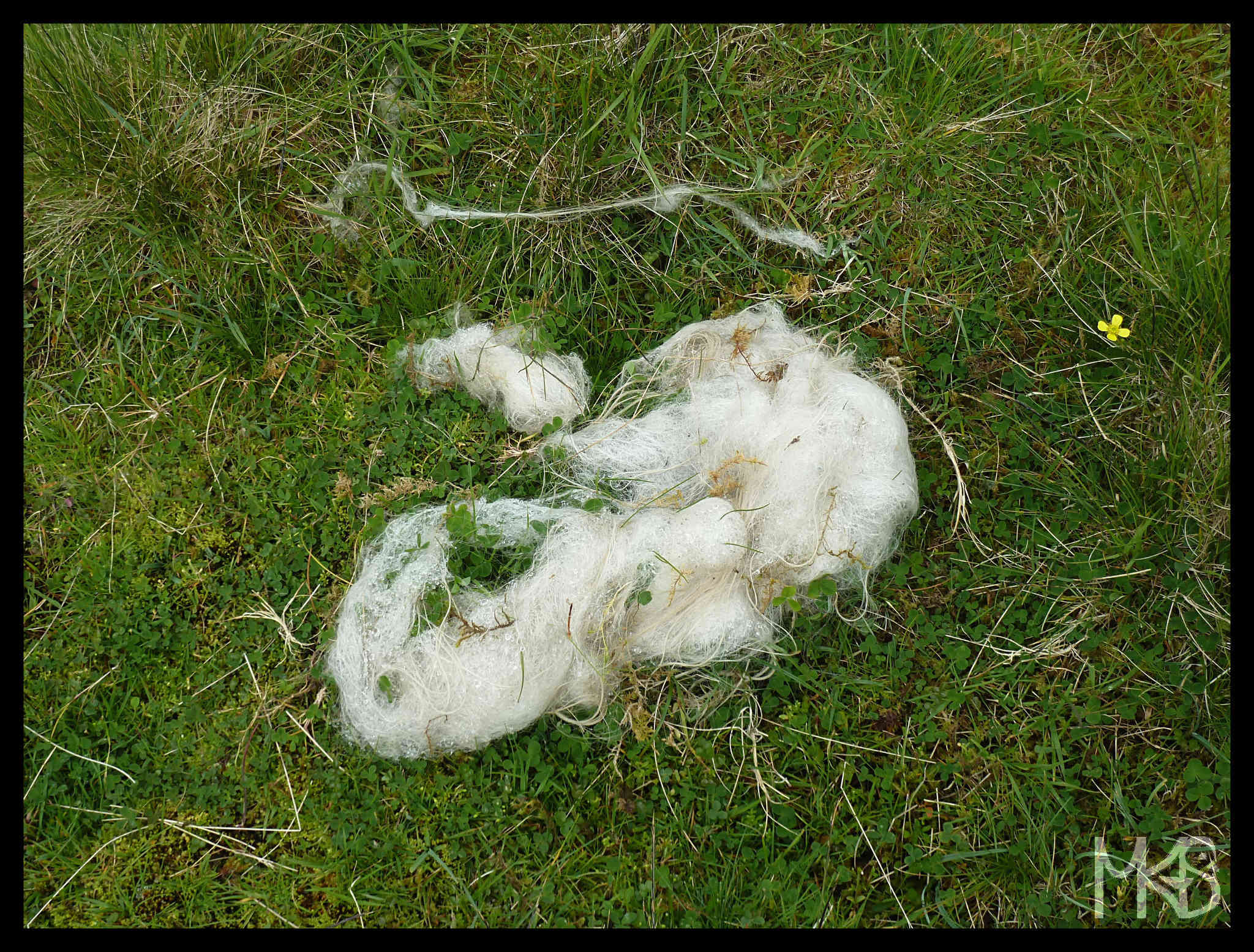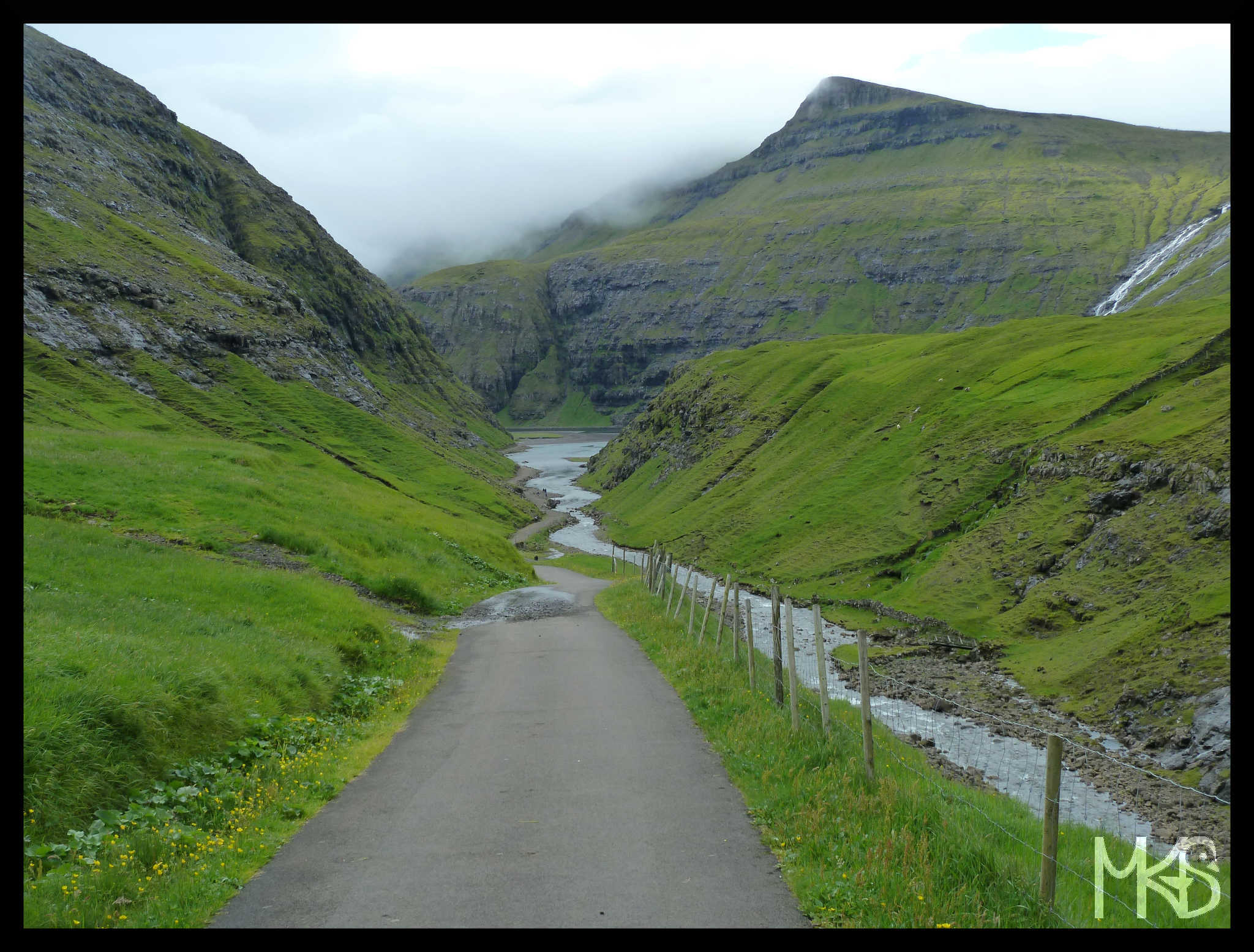
As I mentioned a few days ago, the Faroe Islands consist of 18 islands. It raises a question – which islands should I visit. My answer is a bit unusual – it depends on weather.
If it’s possible try to take a ferry to Mykines, because of puffins.
Prepare also a list of places you’d like to see, but be very flexible. It may happen that weather is wonderful and you can really go everywhere you want to. It also may be very rainy, windy and cloudy all the time, so the weather can destroy your plans. But trust me, it doesn’t matter so much! Basically each place in the Faroe Islands is wonderful. Even you can accomplish 10% of your plan, you’ll still be happy to see and explore wonderful nature.
__________________________________________________________
Jak już wcześniej wspominałam Wyspy Owcze składają się z 18 wysp. Stąd rodzi się pytanie które z nich warto odwiedzić. Moja odpowiedź brzmi – to zależy od pogody…
Jeżeli się uda, to bardzo polecam Mykines, ze względu na kolonie maskonurów.
Jednak warto być przygotowanym na każdą ewentualność. Może się zdarzyć, że podczas Waszego pobytu pogoda jest piękna i uda Wam się zrealizować wcześniej ustalony plan. Ale też może być bardzo wietrznie i deszczowo przez cały czas. Mimo wszystko nie przejmujcie się tym! Wyspy Owcze przy każdej pogodzie zachwycają. I nawet jeżeli nie zrealizujecie swojego planu podróżniczego, to też nie warto się tym martwić, ponieważ każdy zakątek Wysp Owczych jest piękny i wart odwiedzenia! I dosłownie wszędzie obcujecie ze wspaniałą przyrodą!
